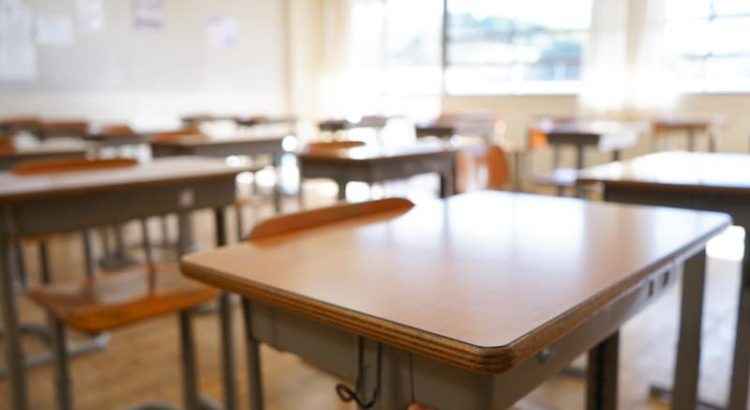Canadá/Agosto de 2017/Fuente: Indian Country
Resumen: Un nuevo informe de la Organización para la Cooperación y el Desarrollo Económico (OCDE) otorga marcas mixtas para la educación de estudiantes indígenas en cuatro provincias canadienses y dos territorios. Por un lado, dijo el estudio publicado en París el 8 de agosto, algunas prácticas están funcionando muy bien. Por otro lado, las cuestiones derivadas de la colonización todavía no se abordan adecuadamente, lo que interfiere con la medición de las necesidades de los estudiantes y la comprensión de la mejor manera de educarlos.
A new report from the Organization for Economic Co-operation and Development (OECD) gives mixed marks for the education of indigenous students in four Canadian provinces and two territories. On the one hand, said the study released in Paris on August 8, some practices are working extremely well. On the other, issues stemming from colonization still are not being adequately addressed, and that interferes with gauging students’ needs and understanding how best to educate them.
“We are confident that the findings, practices, approaches and priorities identified in this study can help to achieve and accelerate progress,” the OECD wrote in the 130-page study, Promising Practices in Supporting Success for Indigenous Students. “We would question, however, whether there is sufficient breadth and intensity system-wide to achieve the Truth and Reconciliation Commission of Canada’s recommendation that the education achievement gap be closed within one generation.”
Researchers visited Alberta, Manitoba, New Brunswick, Nova Scotia, the Northwest Territories and Yukon, working and meeting with educators, indigenous elders and students “to identify promising strategies, policies, programs and practices that support improved learning outcomes for Indigenous students and to build an empirical evidence base on Indigenous students in education,” studying student well-being, participation, engagement and achievement,” the report said. They also studied education in Australia and New Zealand.
The team found many positive factors, as well as sound reasons to focus even more on indigenous students. Schools in which indigenous education was succeeding shared a “common formula,” the report said: “an inspirational leader; strong relationships with students, parents and local communities; capable and committed staff; the use of every possible lever to engage and support students to be successful, and sustained commitment to achieve improvements.”
Moreover, the report noted, the positive results at these schools also benefited non-indigenous students.
“All students benefit from high-quality, responsive teaching in combination with localized curriculum and learning activities, within a safe and inclusive school environment,” the report said. “Successful schools mainstream local indigenous values, history and cultural approaches as part of everyday school life, rather than add-ons targeted only to indigenous students.”
In particular was a school in Manitoba that uses sweat lodges to help teachers learn about local indigenous culture, the report said, a practice that also helps connect staff and students, as the Winnipeg Free Press reported.
Researchers noted a high level of interest among non-indigenous students toward learning about native cultures. Nevertheless, the team also found resistance from some non-indigenous parents to measures that would accommodate indigenous practices.
“In some cases, school leaders will have to hold their ground in the face of resistance to such changes from some non-indigenous parents,” the report said. “In one school we visited, the principal was dealing with a campaign by non-Indigenous parents who oppose the installation of a smudging facility on the school grounds.”
Another downside noted in the report was a distinct lack of regional cooperation, the report’s authors found.
“Every school we visited that was achieving sound results for indigenous students had a highly effective and committed school principal and teachers who were doing whatever it takes to support students in their learning,” the report said. “But they were doing it on their own. The research team did not find one Canadian school that had teamed with any other school to learn from one another or to accelerate progress.”
Education has long been a sticking point in relationships between Indigenous Peoples and the Canadian government. Disagreement over the efficacy of the First Nations Education Act was partly what led to the resignation of then–Assembly of First Nations National Chief Shawn A-in-chut Atleo in 2014.
Fuente: https://indiancountrymedianetwork.com/education/native-education/oecd-indigenous-education-canada/







 Users Today : 236
Users Today : 236 Total Users : 35459831
Total Users : 35459831 Views Today : 403
Views Today : 403 Total views : 3418375
Total views : 3418375